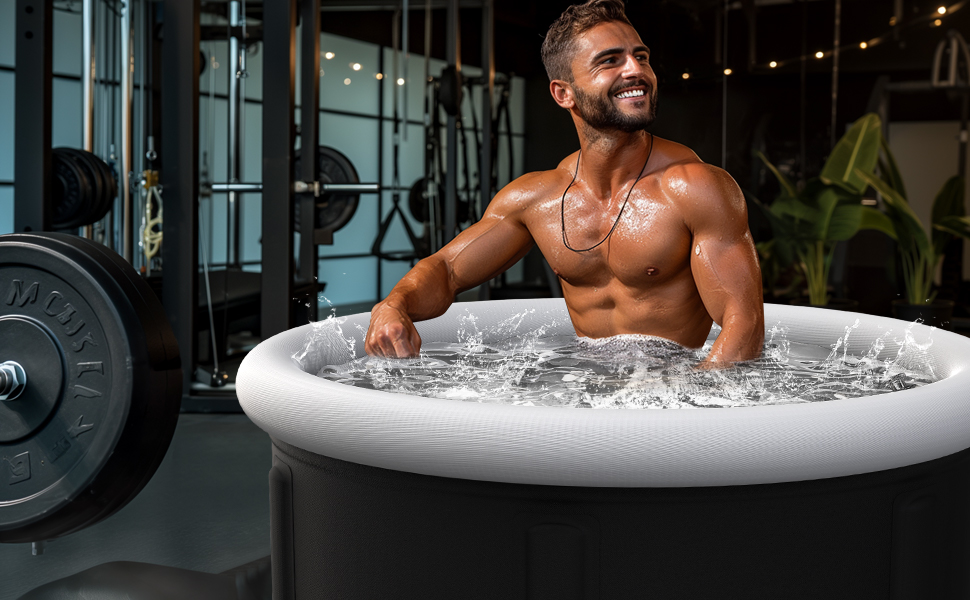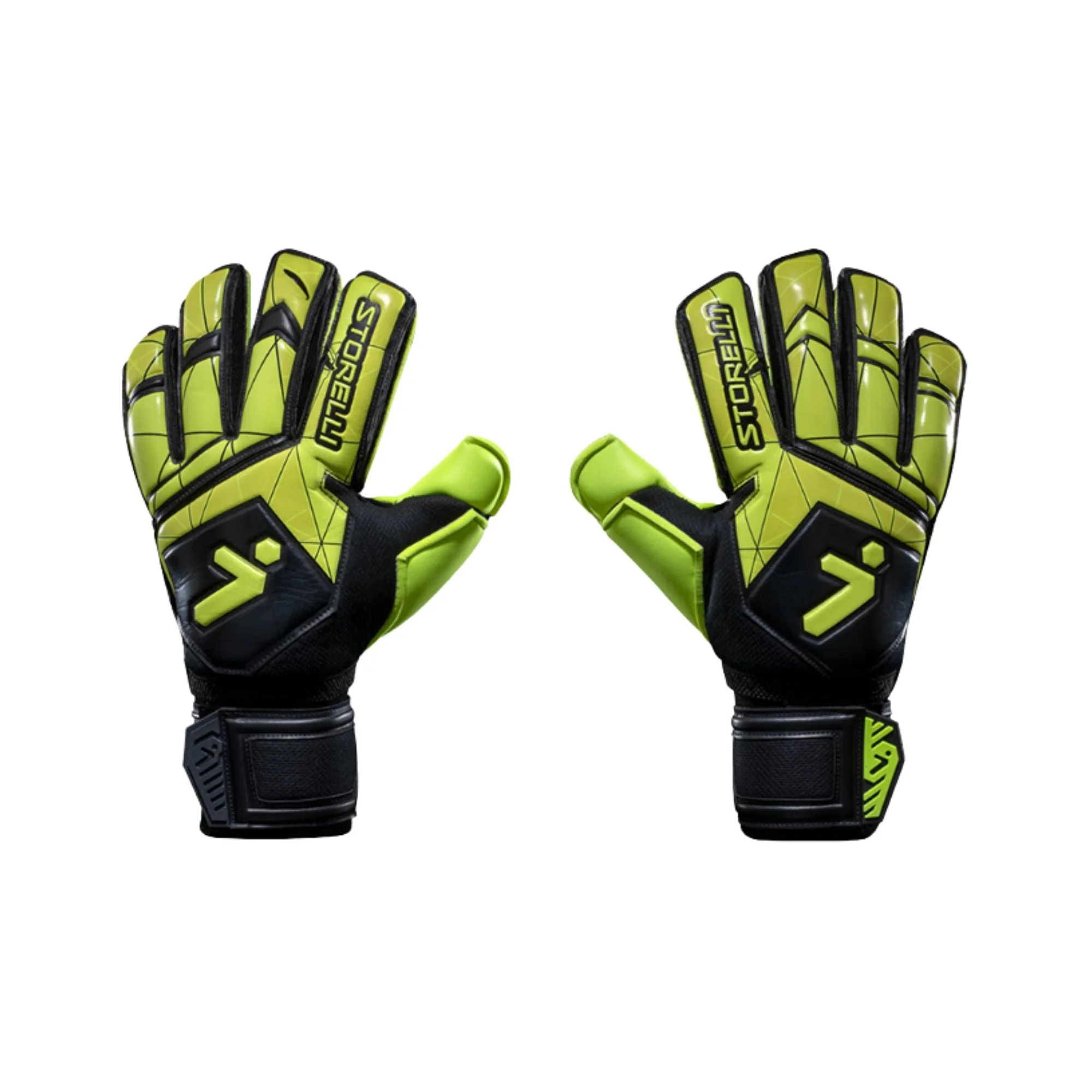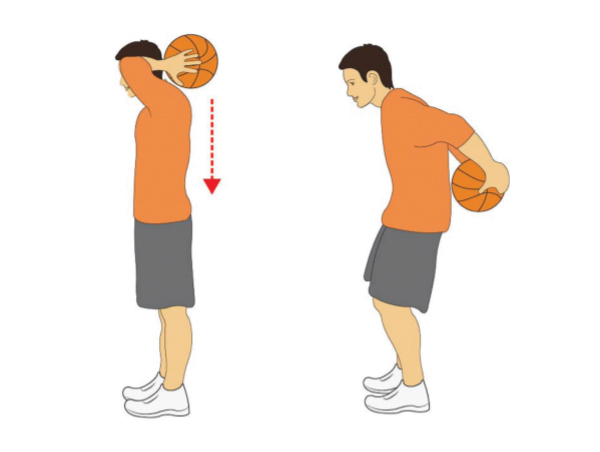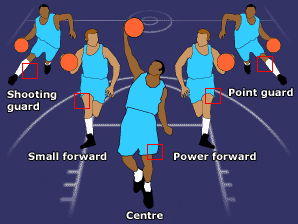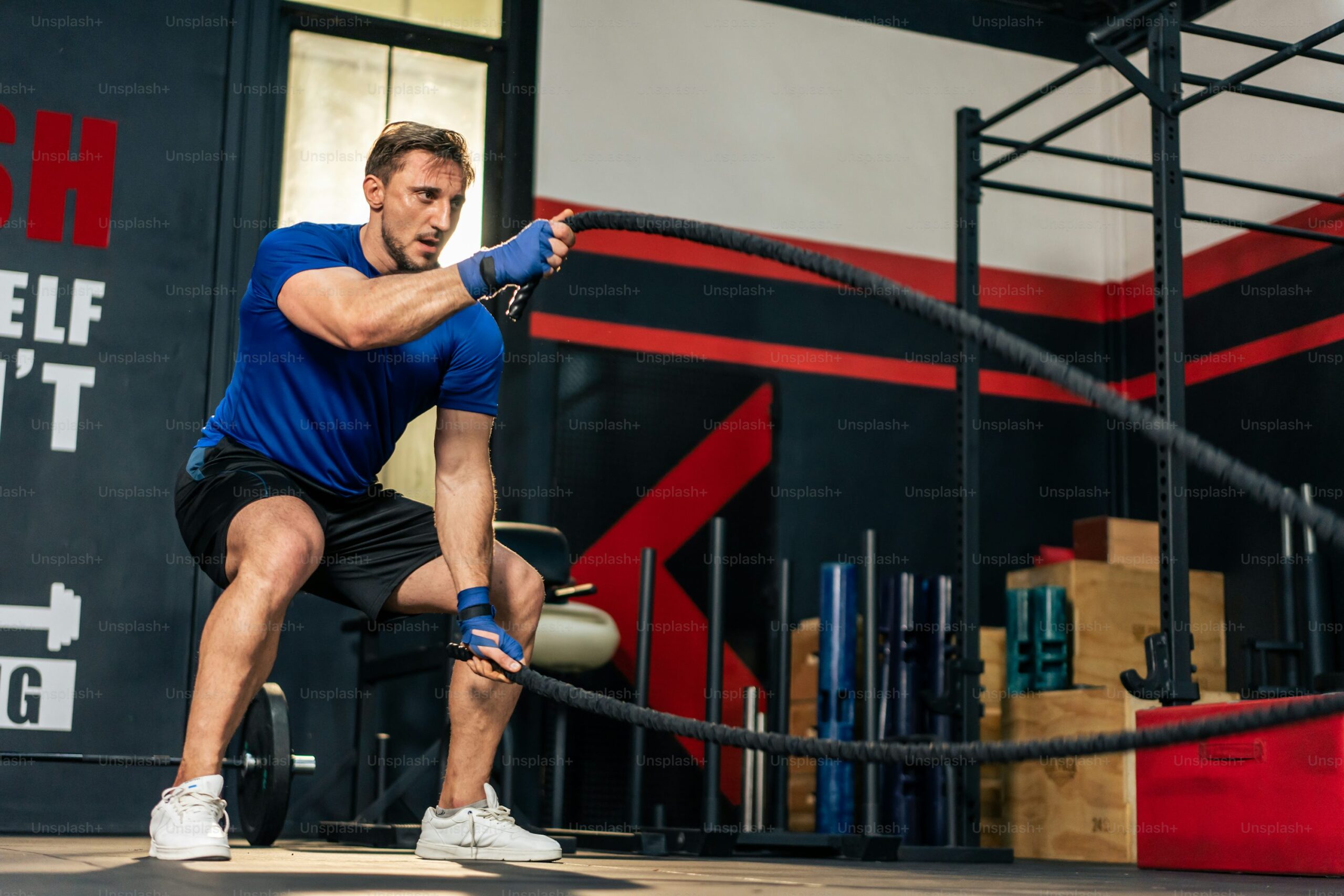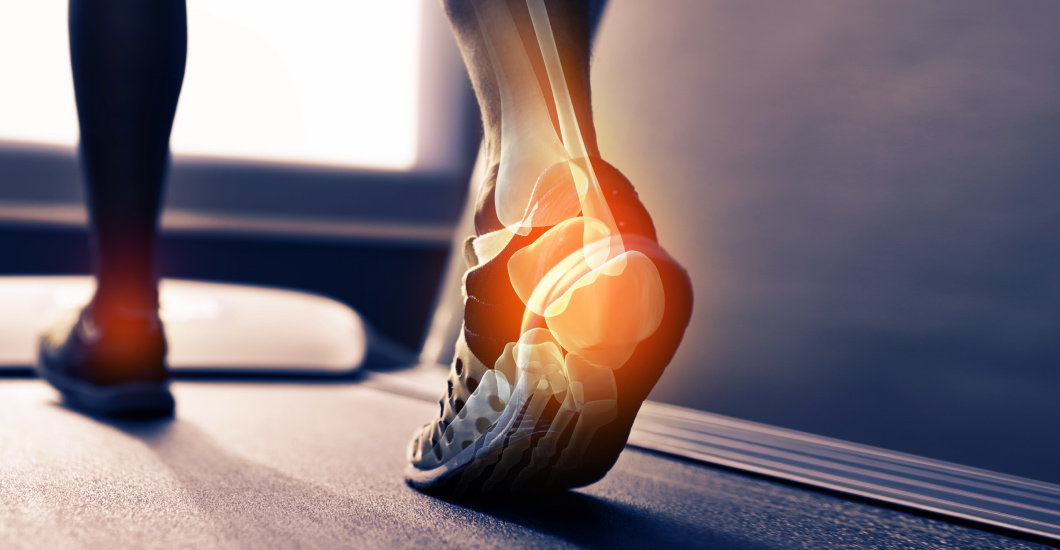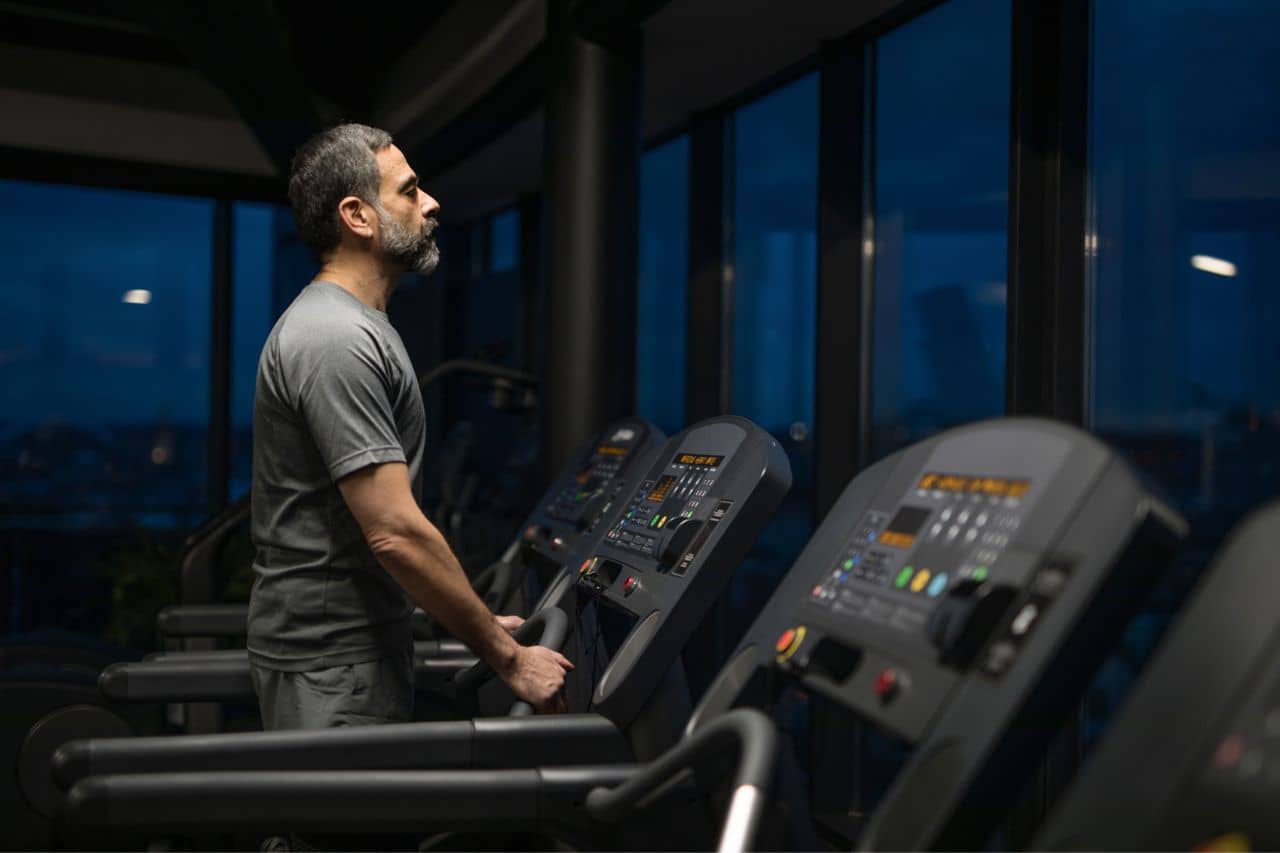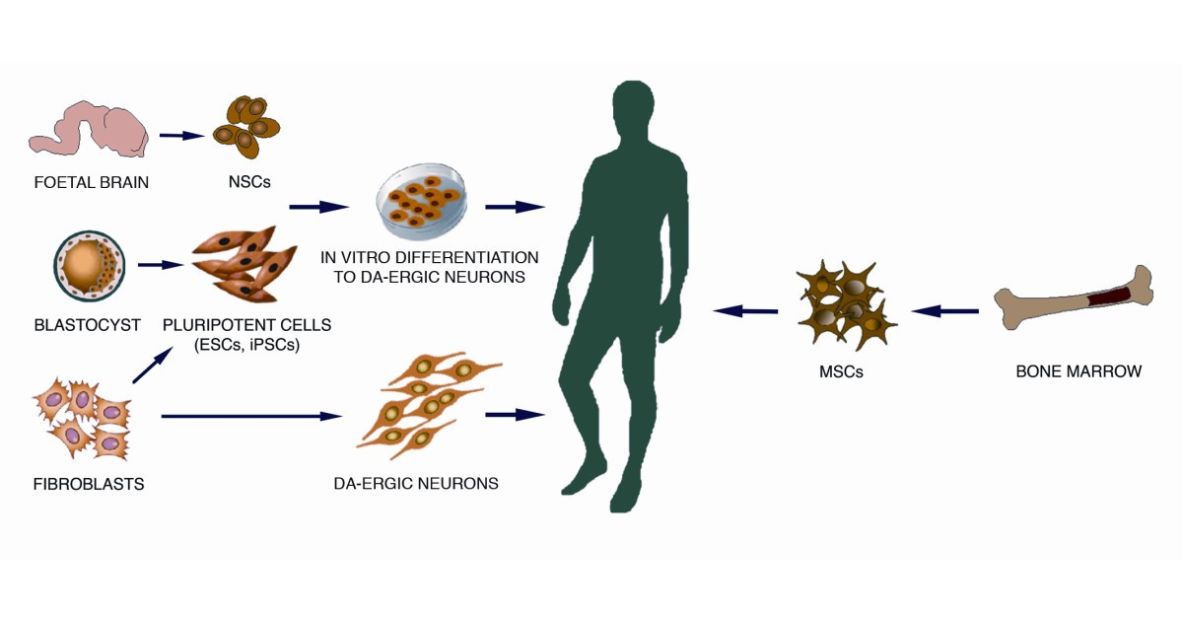Ice baths have become a hot topic in the health and fitness world (pun intended). From pro athletes to casual gym-goers, many swear by this cold therapy to reduce muscle soreness and speed up recovery. But do ice baths really work, or are they just another wellness trend?
This blog will explore the science behind ice baths, their benefits, potential risks, and alternative recovery methods. Plus, we’ll share tips on how to take a safe and effective ice bath. Whether you’re a fitness enthusiast or just curious about the hype, read on to learn if ice baths are worth the chill.
What are Ice Baths?
An ice bath, also known as cold-water immersion, involves submerging your body in water chilled to around 50 to 59 degrees Fahrenheit (10 to 15 degrees Celsius). This practice typically lasts 10-15 minutes and is often used by athletes after intense physical activity.
The science behind ice baths centers on how cold exposure affects the body. When you immerse yourself in cold water, your blood vessels constrict (a process called vasoconstriction). This reduces blood flow to the muscles, potentially decreasing inflammation and speeding up recovery once your body warms up again and blood flow returns to normal.
But how effective are ice baths when it comes to muscle recovery?
Benefits of Ice Baths
Though the research is ongoing, here are some key benefits often associated with ice baths:
Reduced Muscle Soreness
Many athletes take an ice bath after a tough workout to alleviate delayed onset muscle soreness (DOMS)—the stiffness and pain you feel 24 to 48 hours after exercise. The cold water may help reduce micro-inflammation caused by muscle tears, making it easier to recover and train consistently.
One study published in the Journal of Sports Medicine found that cold-water immersion significantly reduced soreness after exercise when compared to passive recovery techniques like lying down.
Decreased Inflammation
Intense exercise can cause inflammation in the body, which plays a role in muscle repair but may also slow down recovery if excessive. By constricting blood vessels, ice baths may help limit inflammation, keeping swelling at manageable levels.
For athletes in sports like rugby or marathon running, where strain on muscles is frequent and repetitive, this benefit becomes particularly useful.
Improved Recovery Time
Ice baths are also believed to help athletes return to peak performance faster. Reducing inflammation and muscle soreness may allow them to maintain training intensity over time, improving long-term fitness gains.
Mental Resilience
Beyond the physical effects, enduring an ice bath tests your mental toughness. Regular cold exposure can build grit, reduce stress, and even boost your mood by increasing endorphin levels.
However, it’s important to weigh the potential risks against these benefits.
Potential Risks and Considerations
While ice baths can be beneficial, they aren’t for everyone. Here are some of the potential risks you should consider:
Hypothermia
Prolonged exposure to cold water can lead to hypothermia, especially if the water is too cold or if you stay in for more than the recommended time. Symptoms include shivering, reduced coordination, and confusion.
Shock and Cardiovascular Stress
The initial plunge into icy water can cause your heart rate and blood pressure to spike. For those with heart conditions or high blood pressure, this stress may pose serious health risks.
Temporary Performance Impacts
Interestingly, research shows that ice baths may temporarily impair muscle strength and growth by reducing the inflammation needed for muscle repair. While beneficial for quick recovery, they might be less effective for those aiming to gain muscle mass.
Individual Tolerance
Cold exposure isn’t suitable for everyone. If you’re prone to chills, have circulation issues, or just can’t tolerate cold, ice baths might not be worth the discomfort.
Always consult with a healthcare professional before adding ice baths to your routine, especially if you have any pre-existing conditions.
How to Take a Safe and Effective Ice Bath
If you’re ready to give ice baths a try, follow these simple steps to ensure safety and effectiveness:
- Prepare the Water
- Fill a tub with water and add enough ice to cool it to 50–59°F (10–15°C). Use a thermometer to check the temperature.
- Time It Right
- Ice baths are most effective right after intense exercise. Aim to immerse your body within 30 minutes of finishing your workout.
- Ease Into the Water
- Gradually lower yourself into the bath to avoid shock. Start by submerging your lower body before fully immersing yourself.
- Set a Timer
- Limit your ice bath to 10–15 minutes. Staying in longer can increase the risk of hypothermia.
- Stay Warm Post-Bath
- After exiting the tub, wrap yourself in warm, dry clothing. Sip on a hot drink if needed to help return your body to a normal temperature.
- Monitor Your Body
- Listen to your body. If you feel faint, overly cold, or experience numbness, exit immediately.
Remember, consistency matters. An occasional ice bath might feel refreshing, but regular use delivers more noticeable results.
Alternatives to Ice Baths
Not a fan of freezing water? Here are other recovery methods to consider:
Active Recovery
Light exercise like walking, cycling, or yoga can improve circulation and help clear lactic acid from your muscles.
Compression Therapy
Compression garments can reduce swelling and improve blood flow, promoting faster recovery.
Contrast Water Therapy
Alternating between hot and cold water (like in a shower) offers many of the benefits of ice baths with a more tolerable experience.
Foam Rolling
Using a foam roller can reduce muscle tension and improve flexibility after a workout.
Adequate Rest and Sleep
Never underestimate the power of sleep. Your body does most of its repairing while you rest, so prioritize a good night’s sleep for optimal recovery.
Each option has its own benefits, so find what works best for your lifestyle and goals.
Should You Take the Plunge?
Ice baths are more than just a trendy recovery tool; they offer real benefits for reducing inflammation, muscle soreness, and recovery time. However, they aren’t a one-size-fits-all solution. Depending on your fitness goals, health condition, and pain tolerance, they may or may not be the best recovery method for you.
If you’re looking to maximize performance or simply recover faster, give ice baths a try—but proceed with caution and listen to your body. And if cold water isn’t your thing, don’t worry. Plenty of alternative methods can help you achieve the same results.
At the end of the day, recovery is a personal process, and finding what works for you is key.

Dominic O. McCoy is a passionate writer who loves crafting engaging and informative blogs on a wide range of topics. With a deep curiosity and a knack for storytelling, he explores everything from lifestyle and technology to business and home improvement. Whether breaking down complex ideas or sharing practical tips, McCoy aims to deliver valuable content that resonates with readers. When he’s not writing, he enjoys learning about new trends and expanding his knowledge to bring fresh perspectives to his work.

